Mark Camoccio tests the new BSA Portable PCP Compressor, which provides air for your PCP air rifle wherever you go!
Pre-charged pneumatic airguns have been a huge step forward, for their lack of recoil and ease of use, yet all this almost effortless shooting, does come at a price. The downside of ownership is the PCP’s dependency on an external power source, and what form this takes is down to the individual.
Workout Anyone?
I’ve always favoured a dedicated pump, but whilst I desperately need the exercise, this mini-workout regimen isn’t for everyone. By far the most popular method is to own a diver’s bottle from which to charge the gun from the bottle, and over time, have the bottle refilled and eventually safety-tested, by an authorised diving shop/gun shop.
However, the third realistic option is to purchase an air compressor, and with an increasing number of manufacturers entering the market, there is now an impressive array of models available. On test here is the brand-new Portable PCP Compressor from BSA, and having now spent some time getting to grips with the unit, I’ve come to a definite conclusion.
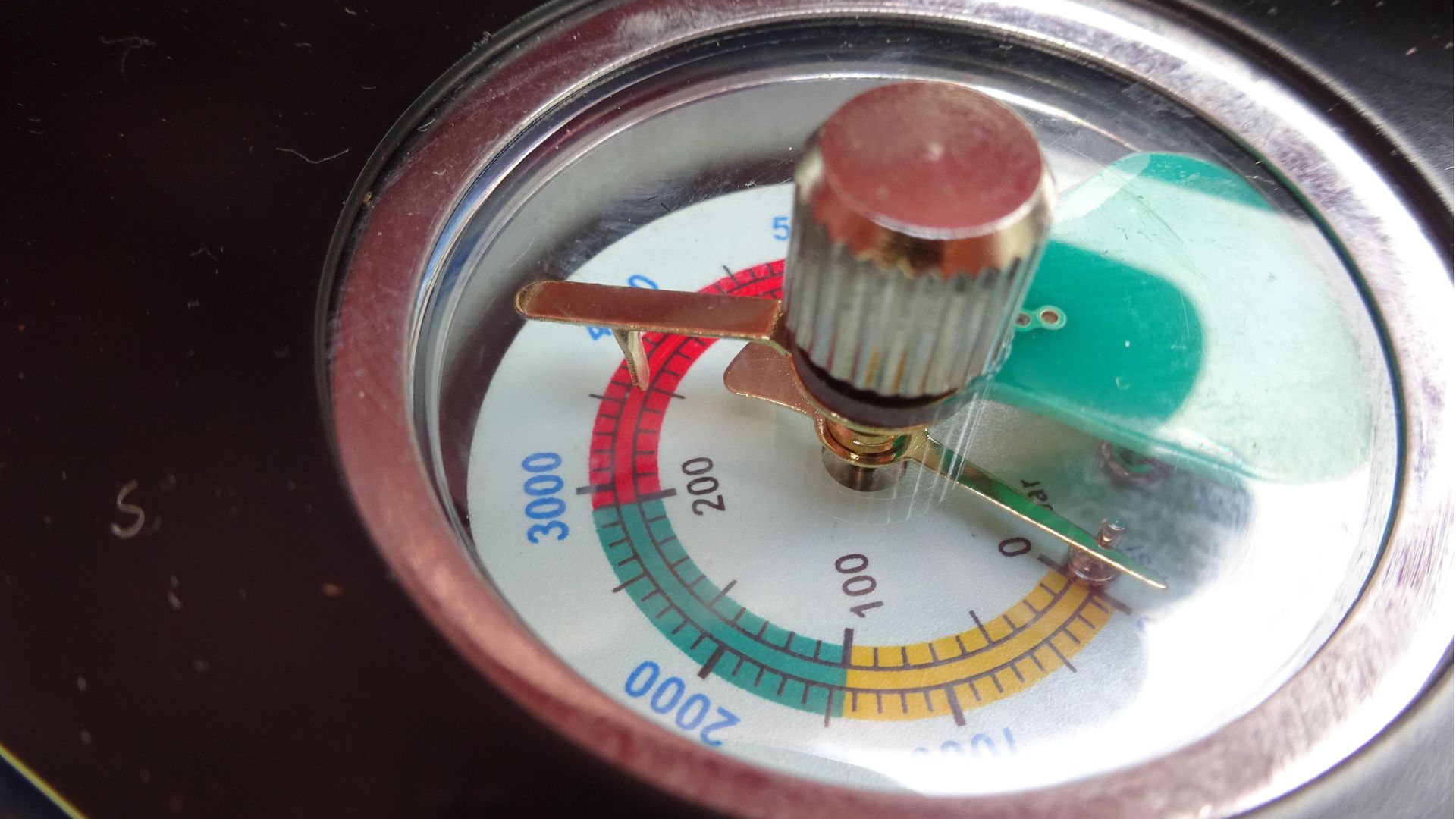 credit: Archant
credit: Archant
A compact air compressor
With measurements of 6.4”x 9.6”x 10.5”, this machine is ultra-compact, and whilst it is a significant weight, at 19.8lbs, it’s no hardship for anyone in average shape to lift and place into a car boot. It comes with full instructions, a bag of spares, basic tools, the main airline, and even twin jump leads, in order to power the unit from a car battery.
At this point, I should point out clubs considering the purchase of a compressor to fill bottles etc, should look for larger, dedicated models because BSA are pitching this model toward direct charging of the gun only, and not bottles themselves. That’s something to factor in, but for enthusiasts who want fast, efficient air delivery just to fill their rifle and then get going, this portable model is difficult to fault, and bypasses all the physical effort associated with pumping.
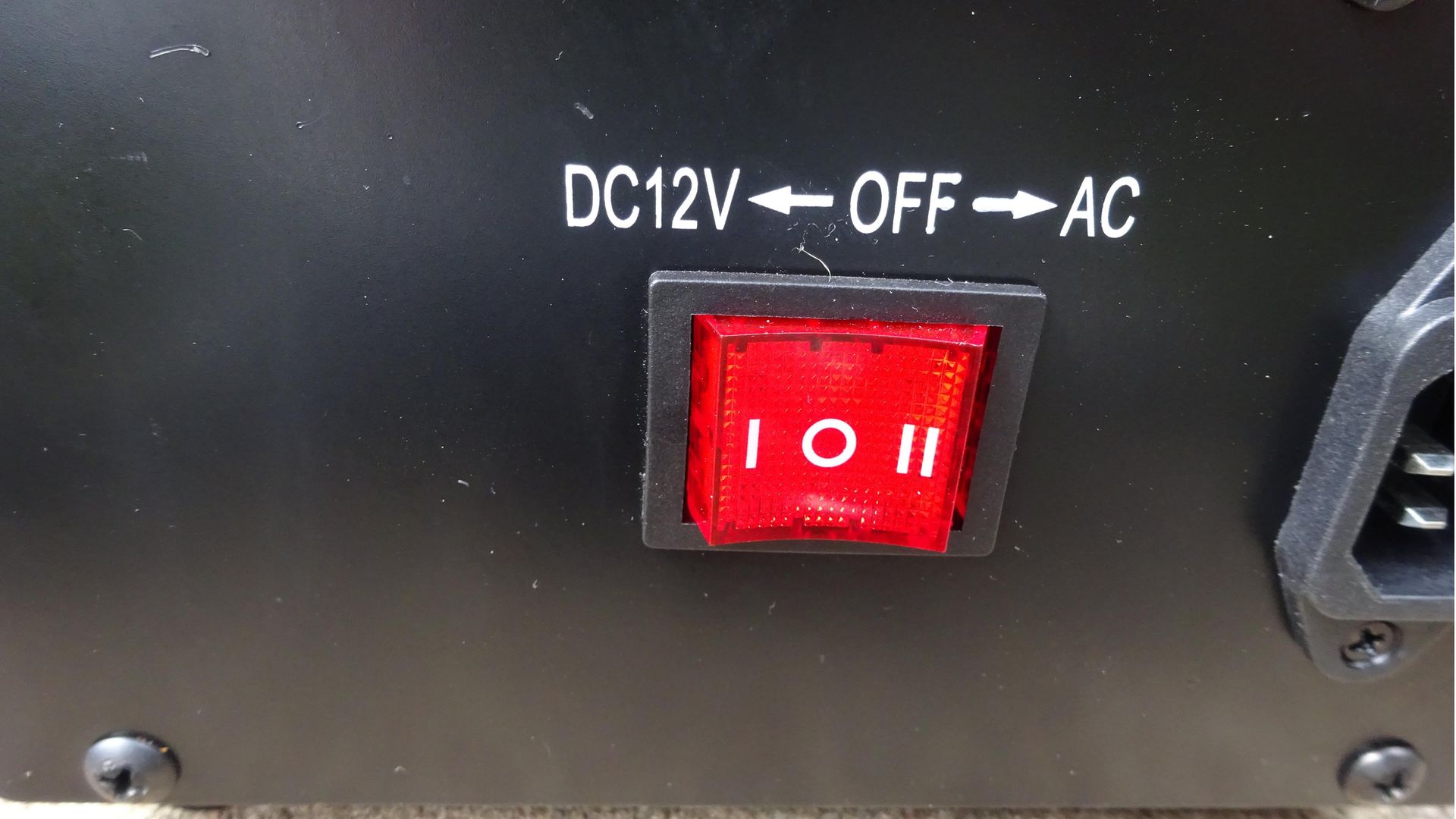 credit: Archant
credit: Archant
A choice of charge
As mentioned, BSA’s compressor gives the user the choice of running it from a car battery, but given that the majority of shooters will opt for the rather more civilised route of mains plug-in, I’ll cover that process first.
It’s all very simple, and when the correct pressure is reached, the unit automatically turns off, signified by the illuminated ‘Off’ button. Bleed the airline, disconnect and you’re done.
If you fancy the car battery route, then follow as above, but this time, select ‘DC12V’ on the red switch, then connect the two ‘jump lead’ cables to the plus, and the minus terminals on the car’s battery. Keep the car engine running whilst the operation is carried out, too, as with jump starting, especially if you have an iffy car battery, so as not to run down the battery in any way.
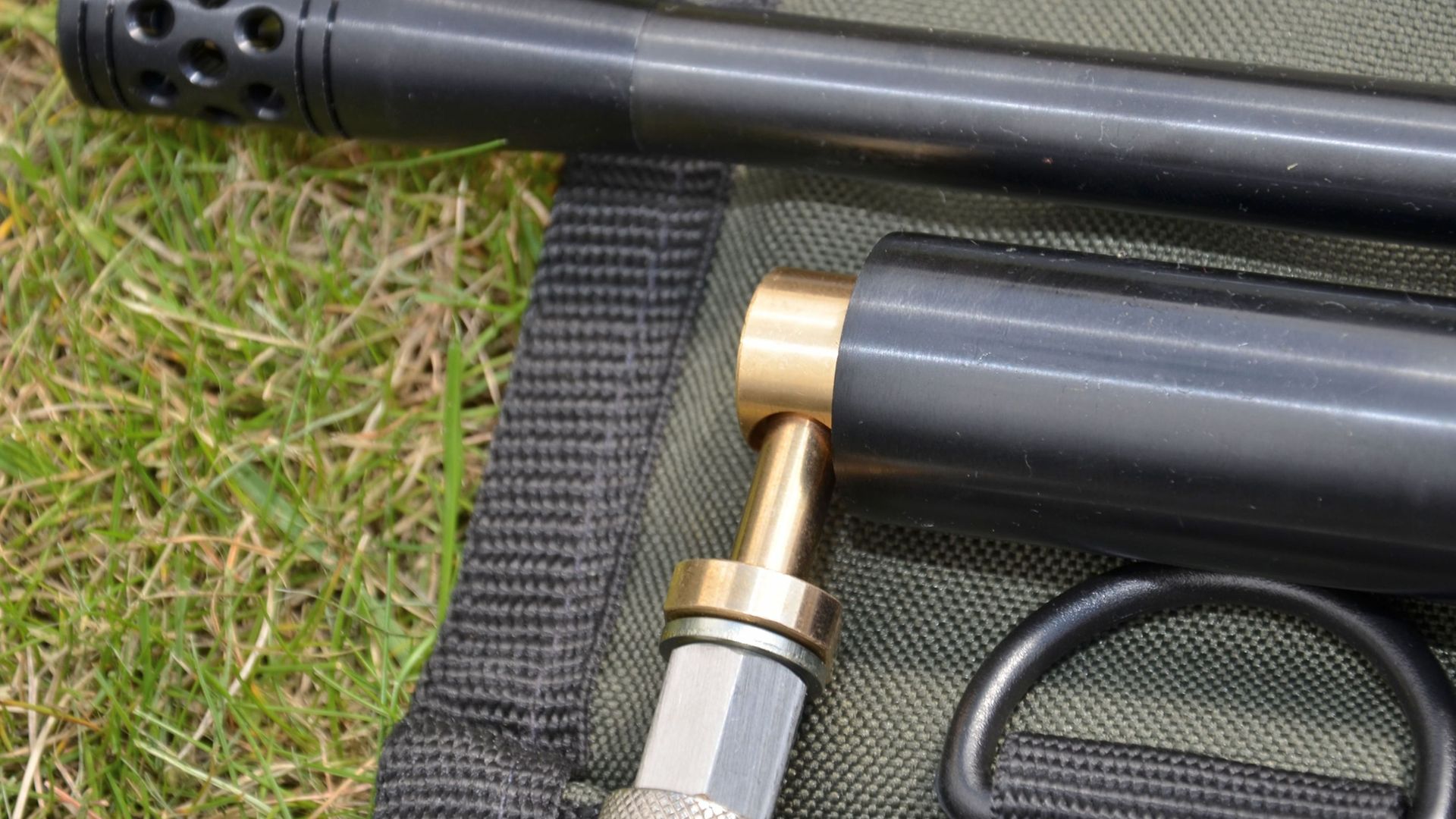 credit: Archant
credit: Archant
Verdict
Fill time will depend on the particular gun; stating the obvious, but guns with larger cylinders will take longer. I happened to have a BSA Scorpion Tactical lying about for my test period, and this pleasantly compact rifle does have quite a small cylinder.
So here goes: Filling the Scorpion from a residual 100 bar up to 200 bar, the BSA Compressor took 1min, 45 seconds. Filling from almost empty (30 bar) up to 232 bar, the process took just 3.5 minutes. Operation is fairly noisy, with a significant ... chug ... chug ... chug … motor noise throughout. Reach completion, and the auto-off and quiet finish are a simple indication of ‘job done’. So on the face of it, all very efficient.
Of course, there is the issue of warm air expanding, so with everything warming during the charging process, you might see a small drop in pressure when everything cools and settles. Close inspection and monitoring will tell you if the gauge needs to be pre-set just a little higher to take this ‘settling’ into account, and if that’s the case, it’s easily done, given the small drop-down marker on the gauge. Of course, this small element of trial and error, in the interests of being ultra-precise, is at the outset. Thereafter, with the gauge finely set, precise fills should be guaranteed.
Well-made, seemingly robust, and highly efficient on test, this BSA Portable PCP Compressor, should be the answer for many. Finally, a big thanks to Range & Country gun shop in Sleaford, Lincolnshire, for the loan of this compressor.
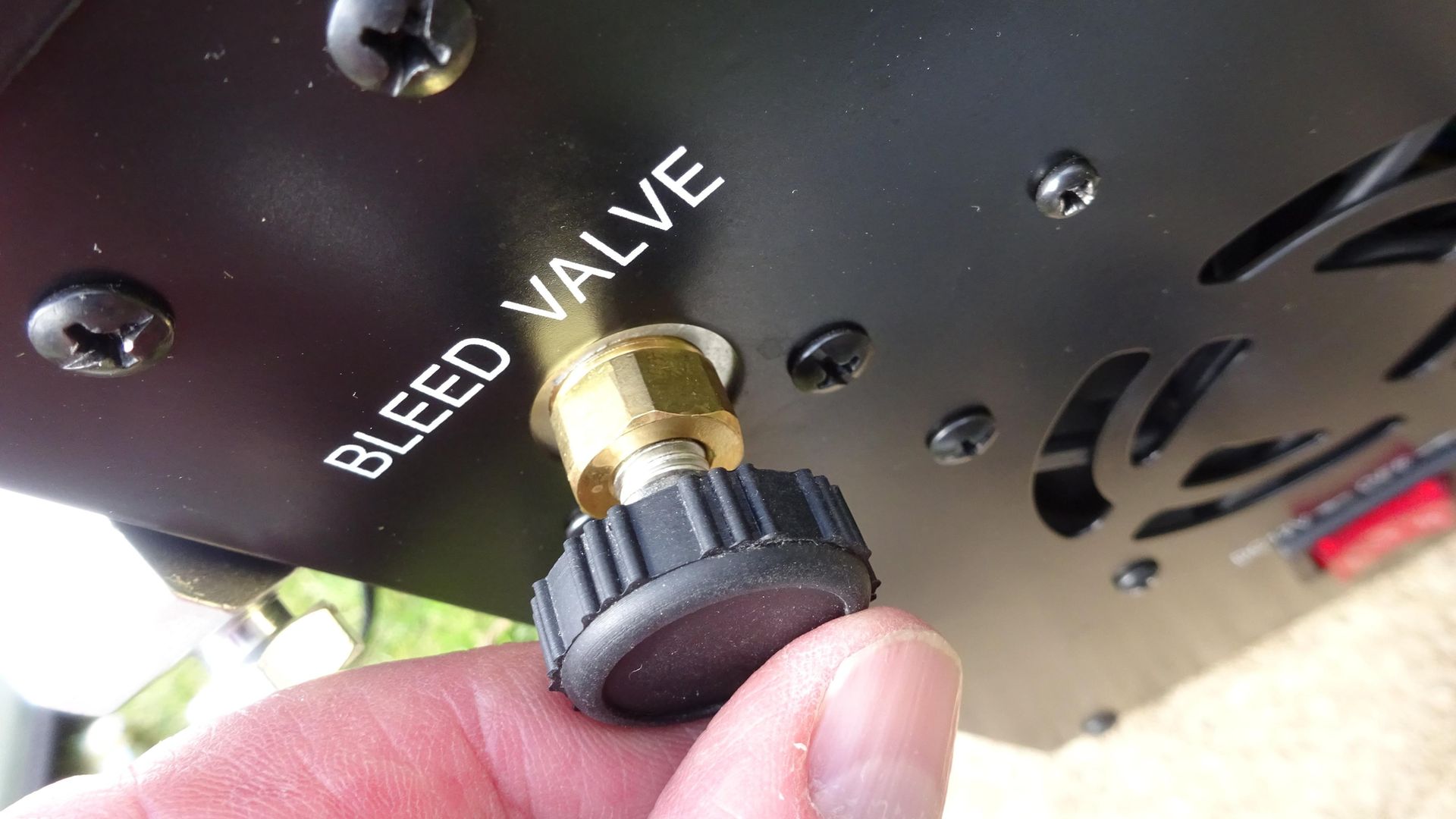 credit: Archant
credit: Archant
Operation of the compressor
When dealing with high-pressure air, it does pay to have your wits about you and respect the system. That said, operation here is pretty straight forward, with the process as follows:
- Ensure that the top rubber-coated catch is set to 220v rather than 110v. I couldn’t move it anyway, so I reckon this comes pre-set for individual markets.
- Connect the push-fit mains cable, and plug into the mains. Gentle fans can now be heard to start up.
- Close off the bleed valve screw to seal the airline.
- Connect the rifle adaptor to the airline, ideally, using a quick coupler from Best Fittings to avoid burring threads.
- Twist the needle on the large top gauge until the marker is pointing at the desired fill pressure.
- Connect the airline with adaptor, to the gun.
- Press the red button and select ‘AC’ for mains use, and at this point, loud cooling fans kick in.
- Now, with everything ready, press ‘Start’.
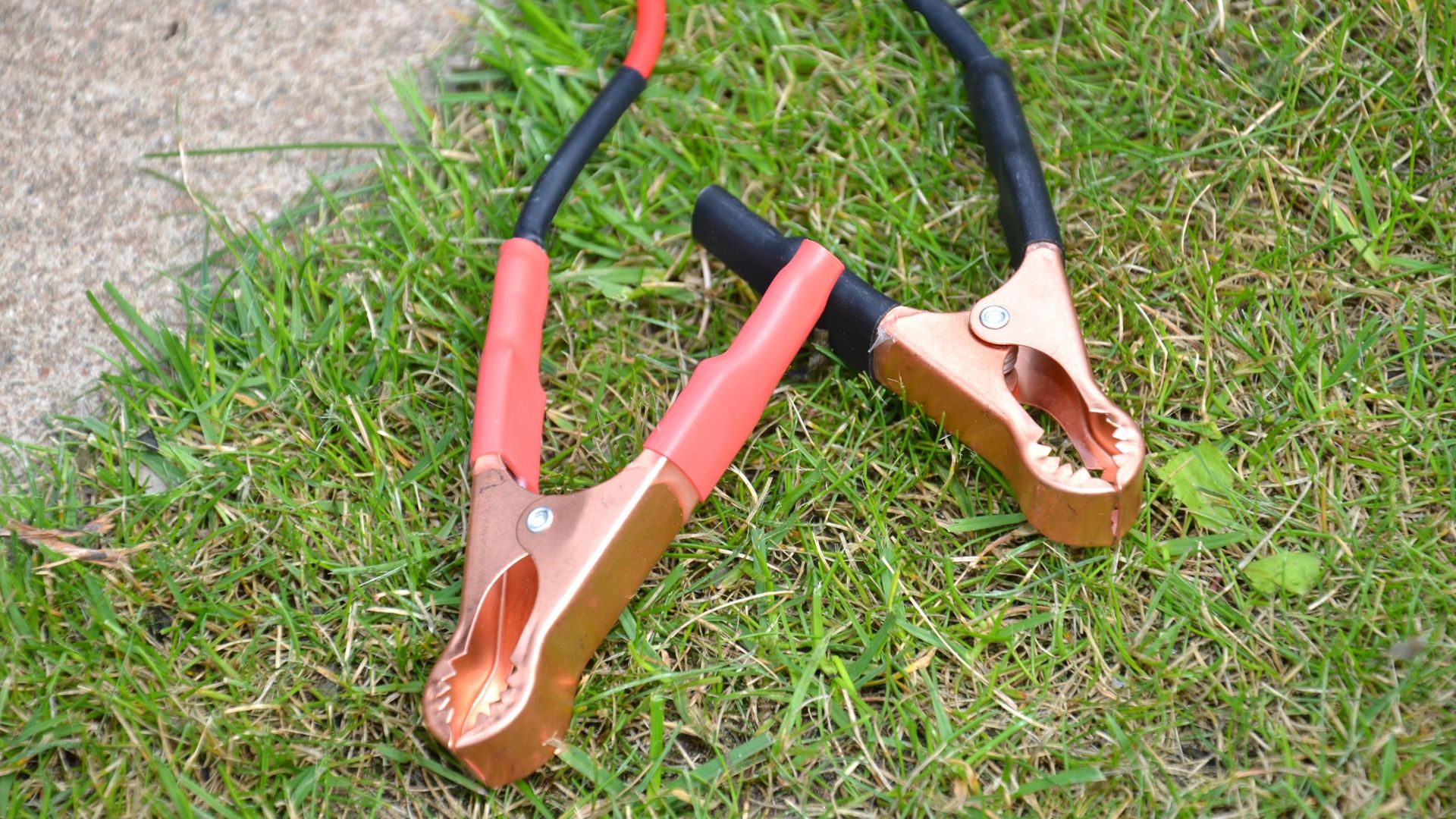 credit: Archant
credit: Archant
Technical Specifications
Model: BSA Portable PCP Compressor (GX-E-CS3-1)
Power: 250w
Working Voltage: AC220V, 110V, or DC12V
Dimensions: 6.4”x 9.6”x 10.5”
Motor Speed: 2700rpm
Air Output: 11L/min
Weight: 19.8lbs
Max Working Pressure: 320 bar
Max Current: 24A
Working Volume: 72dB
Fill Rate: For 0.5ltr vessel, 6-7 minutes from 200 bar- 300 bar
For 0.5ltr vessel, 18-20 minutes from 0 bar- 300 bar
RRP: £599
Contact: BSA Guns